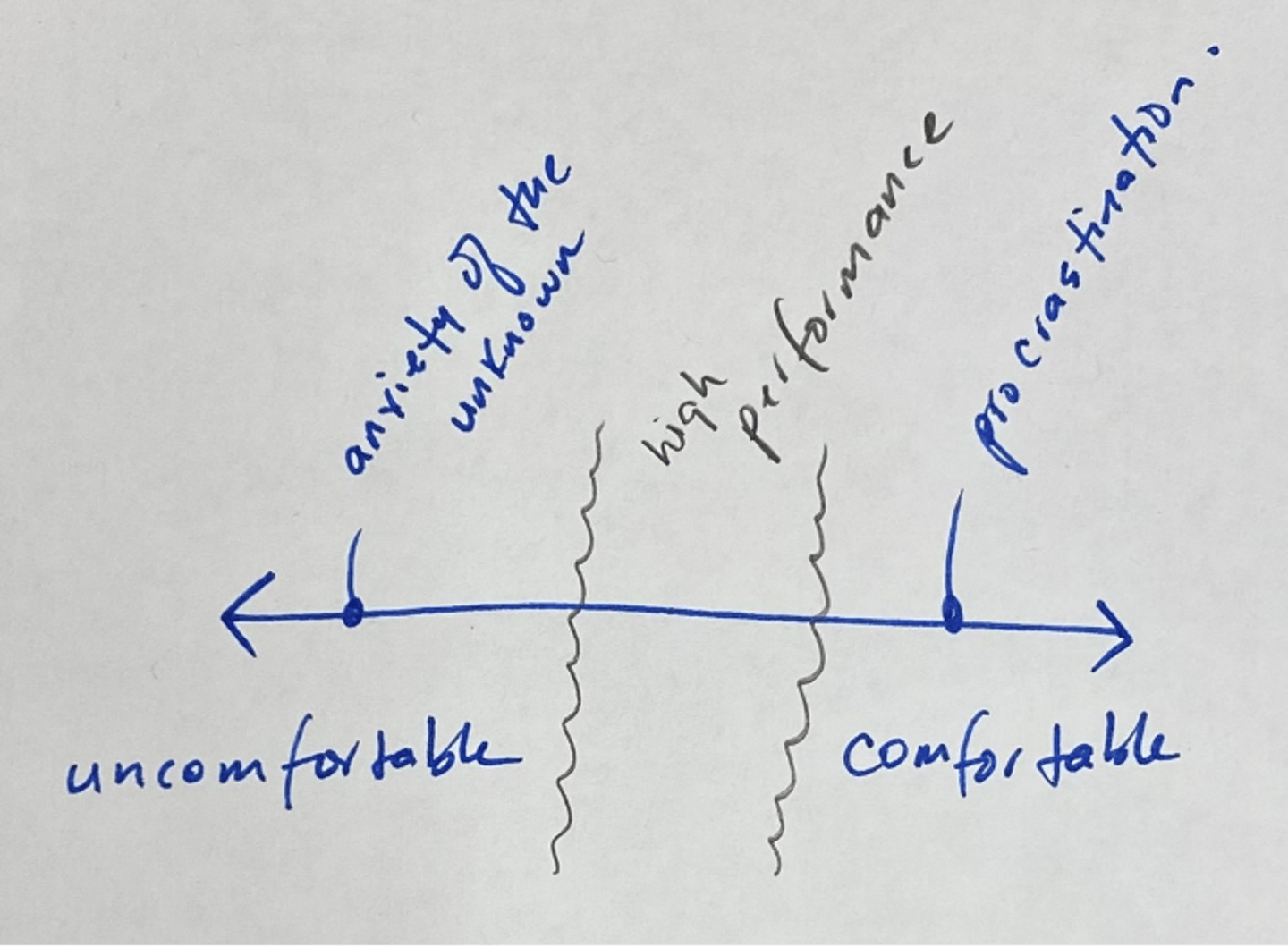What Goldilocks teaches us about difficult pharmacy work
There are three ways pharmacists can act as buffers for their staff.
You know the story of Goldilocks and the Three Bears. Remember the porridge that was just the right temperature and the bed that was just the right softness? The same goes for the work you give your pharmacy staff: they need to be challenged, without drowning or coasting.
As human beings, we take pleasure in winning. However, the win is only pleasurable when it is not overly easy. We also grow anxious when we lose since it introduces a fear of what will happen next. Respectfully, these scenarios represent a spectrum with a comfort zone and an uncomfortable zone and opposite poles. In the middle of these areas is zone of high performance, when ease and hardship is just right (the Goldilocks zone).
Part of the pharmacy leader’s role is to read the room. They must buffer the atmosphere to find the Goldilocks regions.
How?
First, we need to know our staff. We pair them with team mates, tasks and schedules of best fit for their strengths to give us time to work on their weaknesses. We surround them with the people they need. We offer them projects that bring the right amount of challenge with suitable due dates. We apply the right amount of pressure when they begin to coast or procrastinate and coddle them when they need relief.
Second, we need to be masters of workflow design. We need to create systems that run safely and smoothly with others pulling all the leavers. Since a pharmacy is a multi-faceted ship that is inoperable with only one person paddling, we need to follow-up on each puzzle piece instead of doing each piece.
Having the staff as operators that give opinion on how to shape workflow, leaders make decisions on how to execute the perfect system, then have a staff automate it for us. We cannot do everything, but we can follow-up on everything.
We draft plans for tasks done on specific days of the week and others done at different points of the month or year. We publish a philosophy for how early to get the predicable work done to allow for the unpredictable work to get done when it arrives.
Third, we need to be available. We need to show up ready to observe the cues others are giving us and appropriately prompt them when we need more data. Then, using this information, using expert-level emotional intelligence, we must coach others through the peaks and troughs of their moods, thoughts and motivation.
This is all hard work, but maintaining a machine is much easier than fixing it when it breaks. The better buffers we are as leaders, the more we protect the staff from the two extreme zones and empower them within the zone of high performance. In this sweet spot, they are purposeful and progressive.
An employee in the Goldilocks zone stays with us for life, the others move on.
Further insight for pharmacist-buffers
Tangible tools to help you accomplish these three actions to make you a better buffer are part of a digital bundle of tools I have created from over a decade of managing people, called RxMind. This bundle will help you find your way to coaching a team to the right temperature porridge any day of the week.
***
Join a group of your colleagues in a virtual 6-week pharmacist mastermind called, Cascade where Jason moderates a group of pharmacists to find answers to their biggest pharmacy problems.







